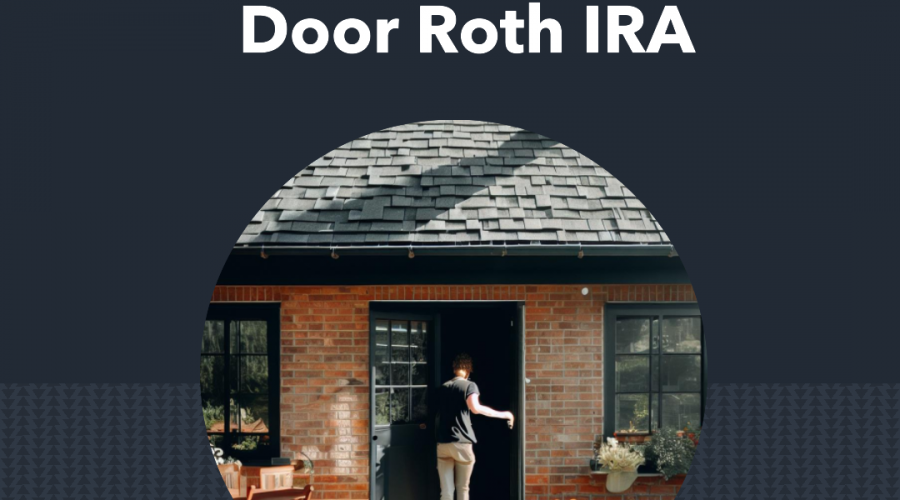Unlocking Retirement Wealth: The Power of the Solo
401(k) and Backdoor Roth IRA
When it comes to investing for retirement, there’s a plethora of choices at our disposal. The options may range from traditional IRAs, 401(k)s, and Roth IRAs, to lesser-known alternatives such as the Solo 401(k) and Backdoor Roth IRA. Here, we’ll focus on these lesser-known strategies and explore how they can offer immense potential for self-employed individuals and small business owners to maximize their retirement savings.
The Solo 401(k)
The Solo 401(k) or individual 401(k), as the name suggests, is intended for business owners without employees or their spouses. This is an advantageous plan because it permits significantly higher contribution limits than most traditional retirement accounts. The contribution limit for a Solo 401(k) is $66,000 per year (or $73,500 if 50 or older), which can be split between employer and employee contributions. As the business owner, you’re considered both the employer and the employee, which allows you to maximize contributions.
Additionally, the Solo 401(k) comes with the flexibility of pre-tax or Roth contributions for the employee piece ($22,500 if under 50 or 30,000 if over 50), meaning you can choose whether to pay taxes now (Roth) or defer them to retirement (traditional). This flexibility is beneficial for people whose income may fluctuate significantly year by year, allowing you to plan your contributions strategically depending on your tax situation each year.
The Backdoor Roth IRA
The Backdoor Roth IRA is a strategy, not an account type. It allows individuals earning above the income limits set for Roth IRAs to still invest in one indirectly. This is done by contributing a non decutible contribution to a Traditional IRA, then converting that to a Roth IRA. Typically the contributions you make to a Traditional IRA are tax-deductible, but the withdrawals during retirement are taxed. In contrast, the contributions to a Roth IRA are taxed, but the withdrawals are tax-free. The Backdoor Roth IRA, therefore, is an excellent strategy to enjoy the benefits of tax-free growth and withdrawals in retirement, regardless of income level.
Why Pair Them Up?
Using a Solo 401(k) and a Backdoor Roth IRA simultaneously can provide you with a unique advantage. The IRS has a rule known as the pro-rata rule, which stipulates that if you have pre-tax dollars in any IRA when you make a Roth conversion, a portion of the conversion will be taxable. This can potentially disrupt the tax-efficiency of the Backdoor Roth IRA strategy.
However, this is where the Solo 401(k) comes in handy. You can roll over any existing traditional IRAs into the Solo 401(k), which can sidestep the pro-rata rule since it only applies to IRA accounts, not 401(k) accounts. This enables you to use the Backdoor Roth IRA strategy effectively without tax complications.
The Bottom Line
By integrating the Solo 401(k) and the Backdoor Roth IRA, high-income earners and self-employed individuals can make the most out of their retirement savings strategies. While the Solo 401(k) allows higher contributions and flexibility, the Backdoor Roth IRA ensures tax-free growth and withdrawals. However, these strategies involve complex tax rules, and it’s always best to consult a financial advisor or tax professional before taking any action.
In the end, it’s about understanding the tools available and using them to your advantage. By knowing how to leverage these accounts, you can build a robust retirement plan that provides financial stability and comfort in your golden years.

